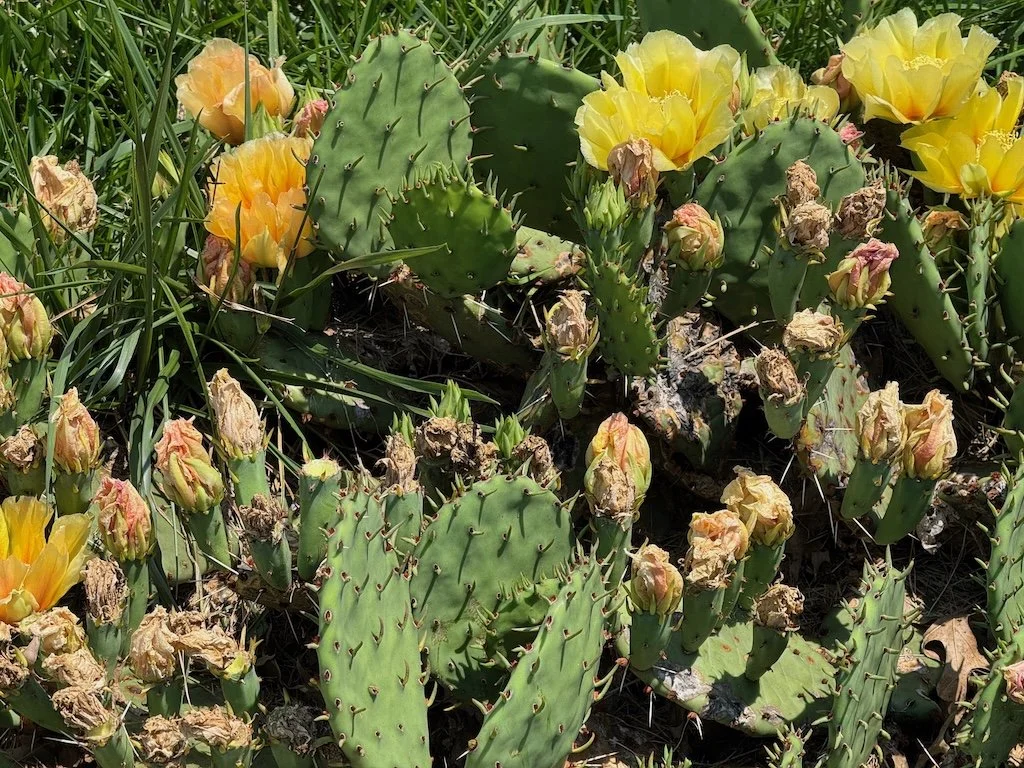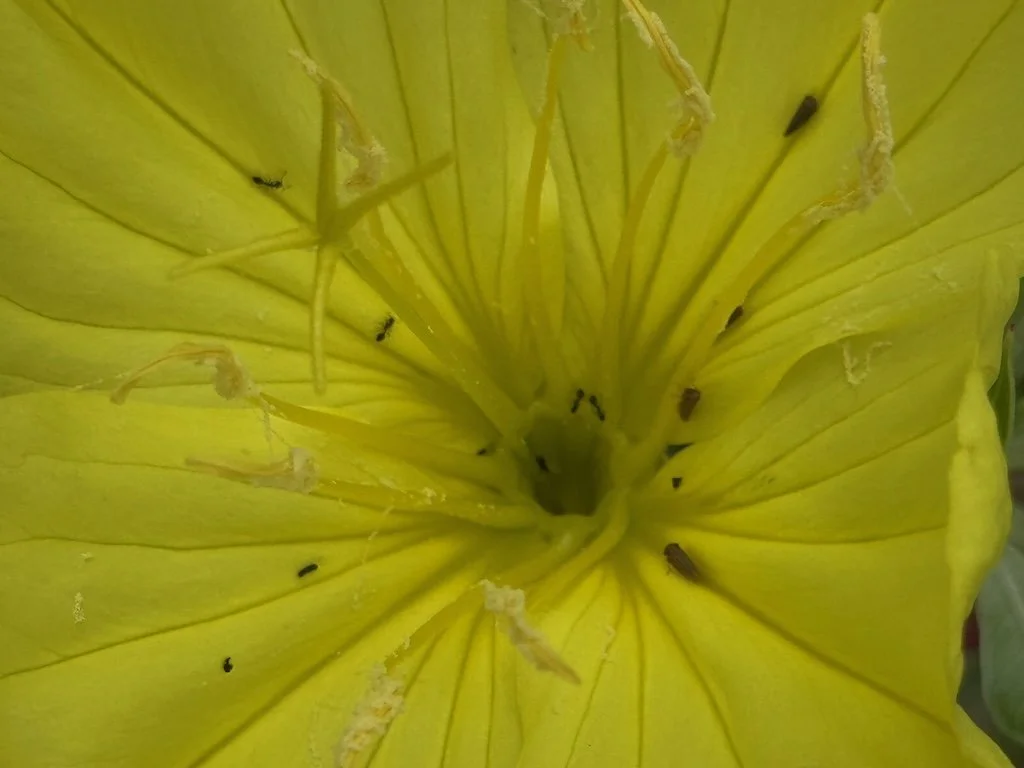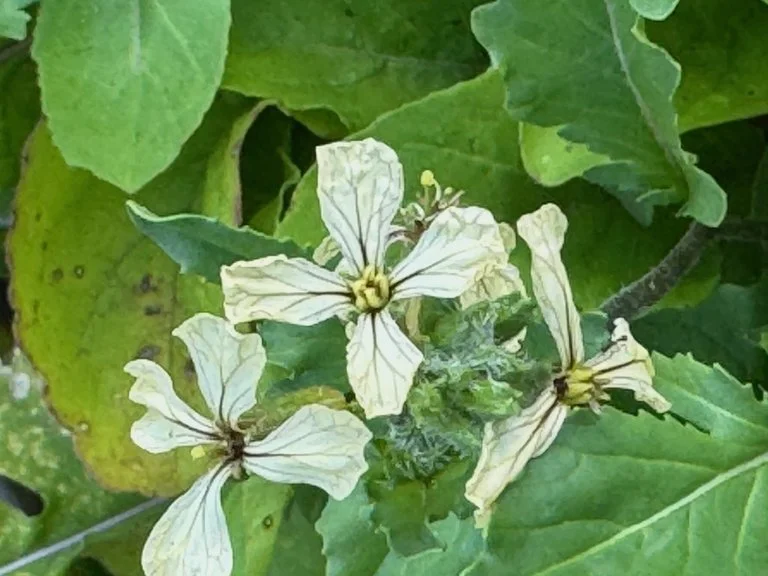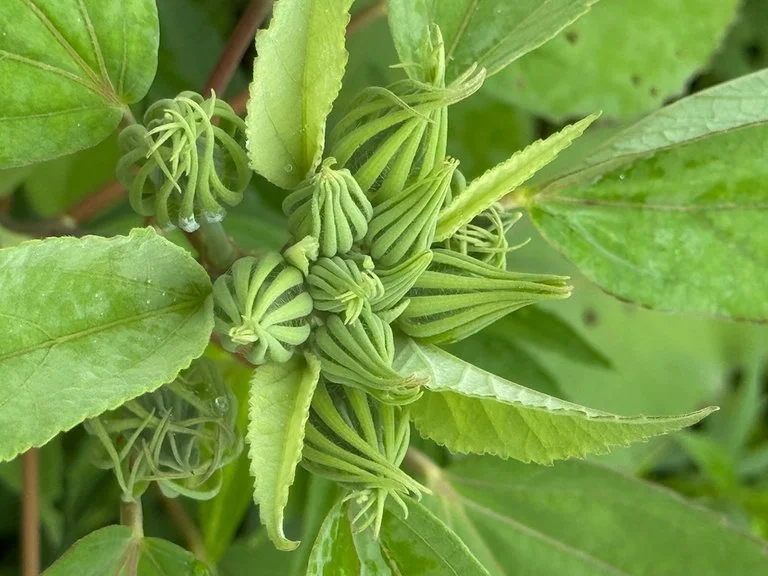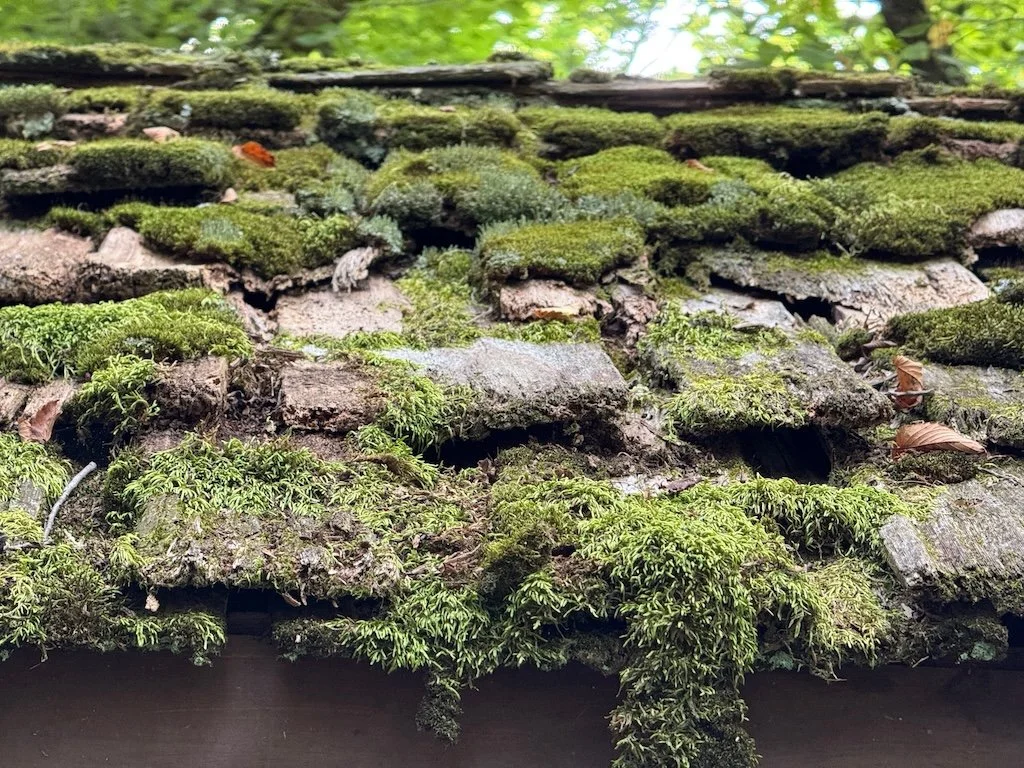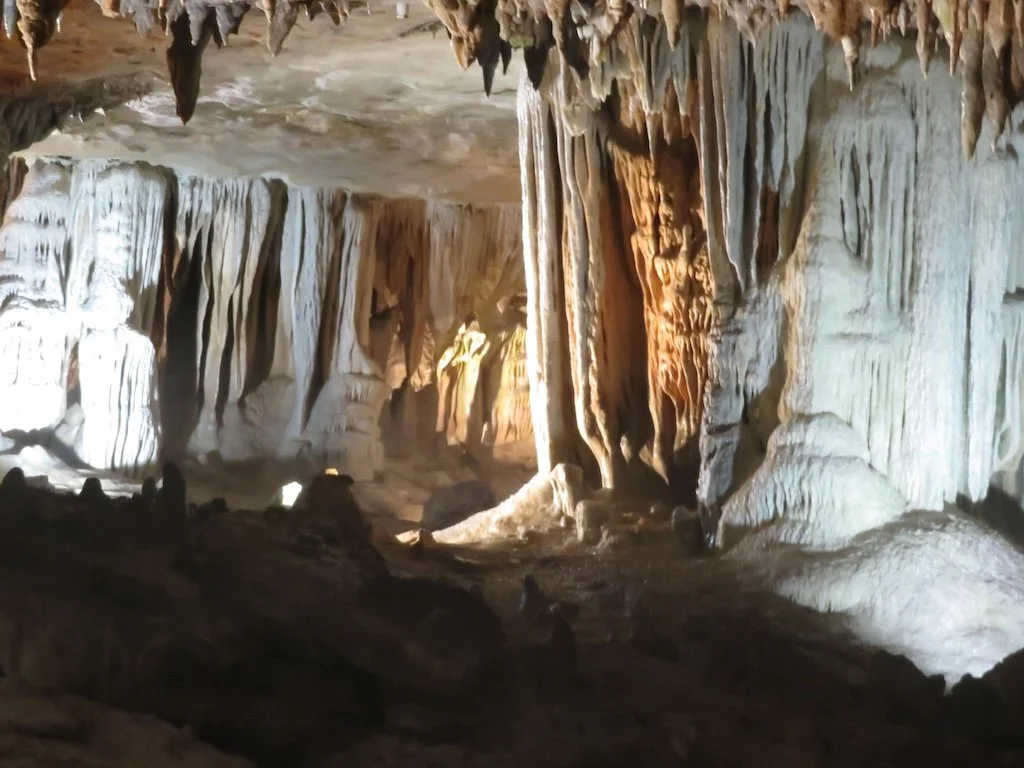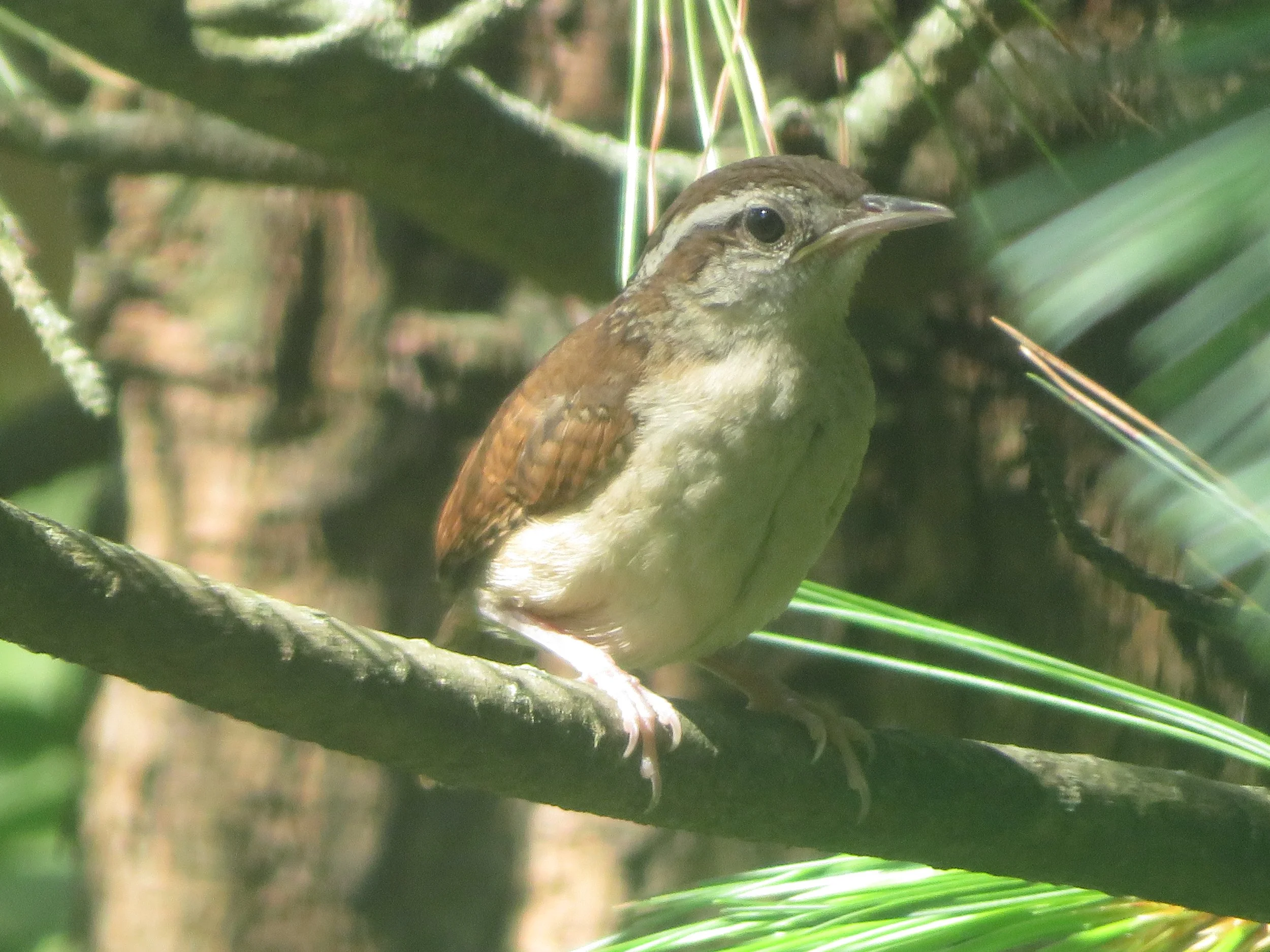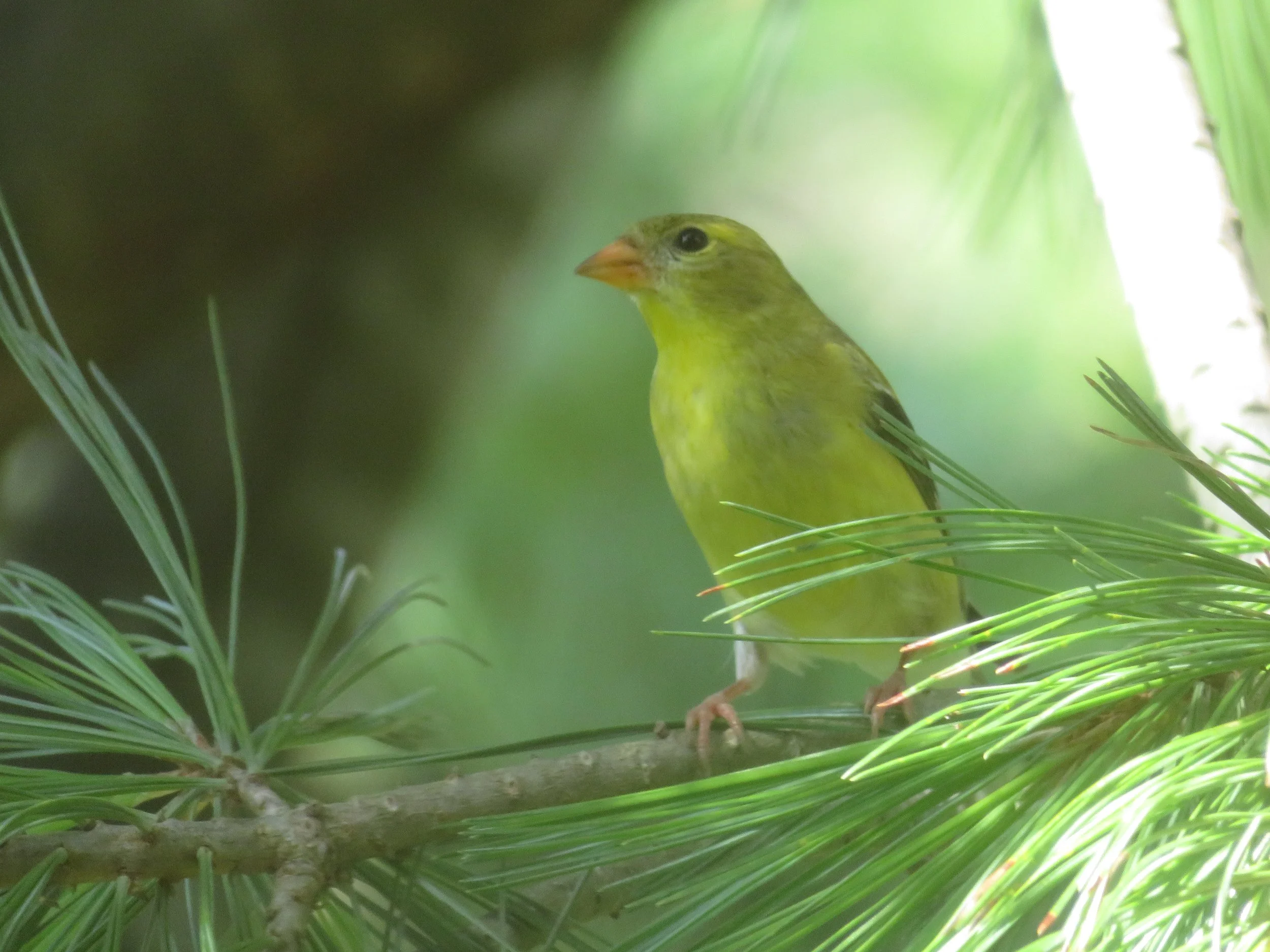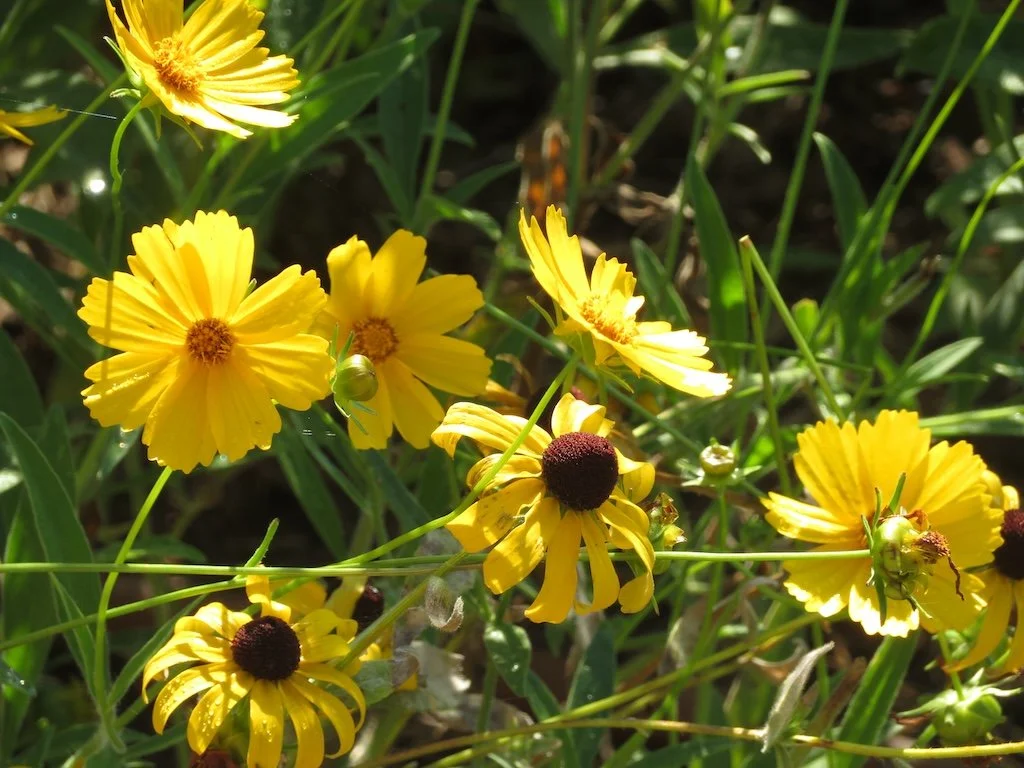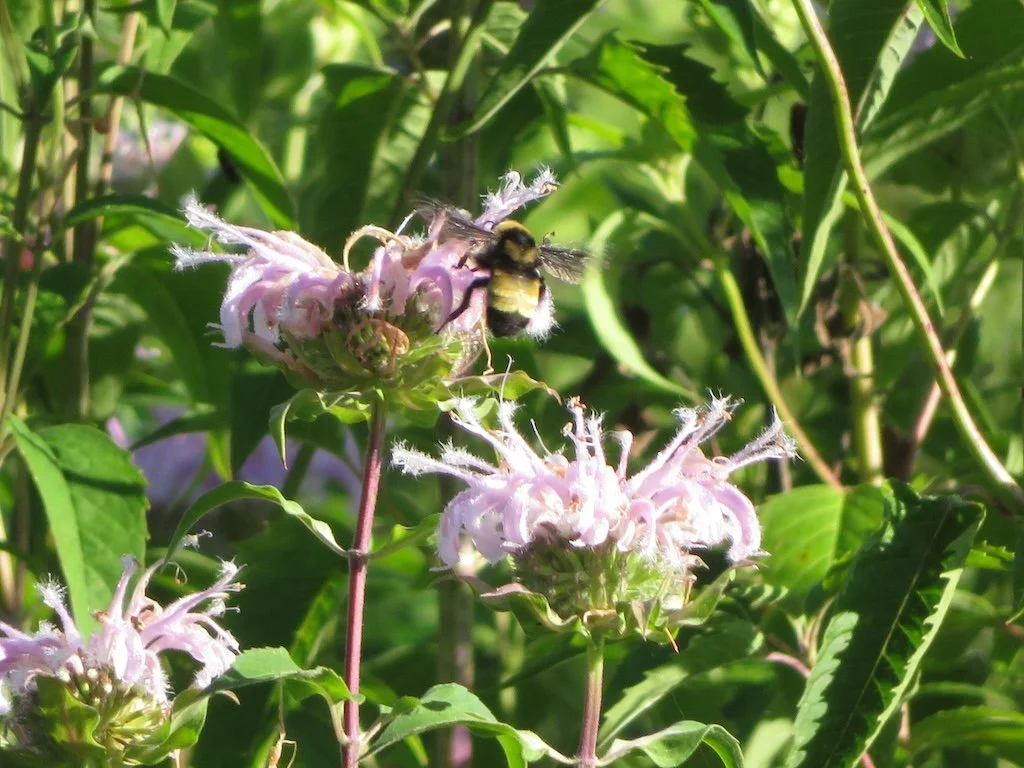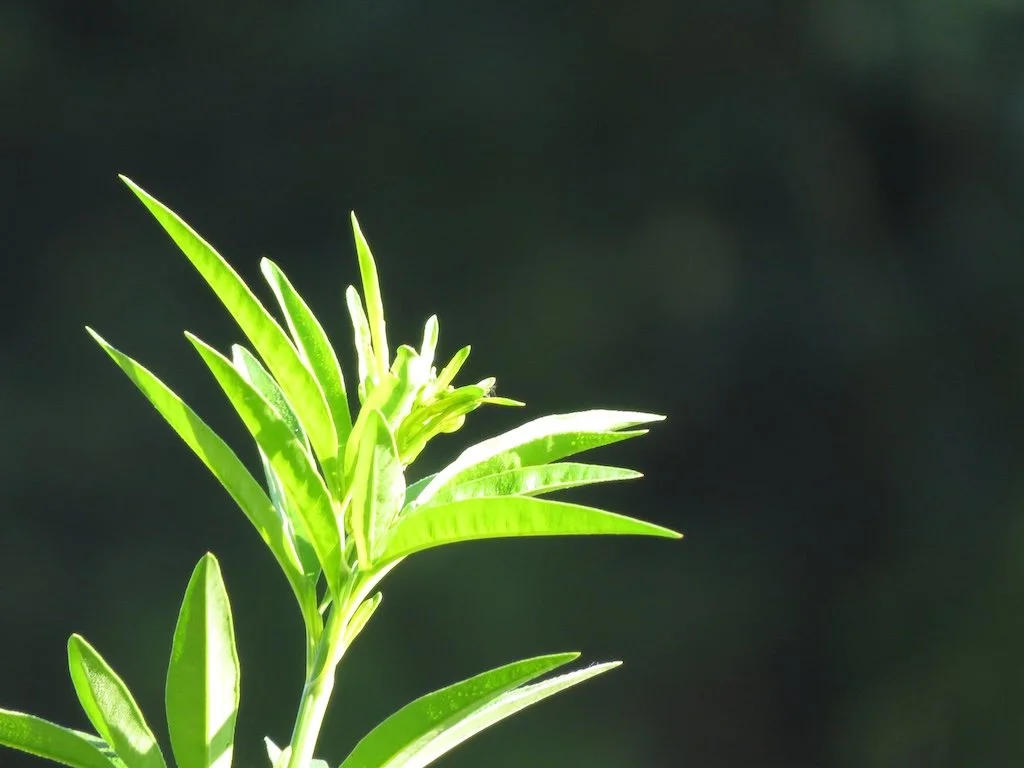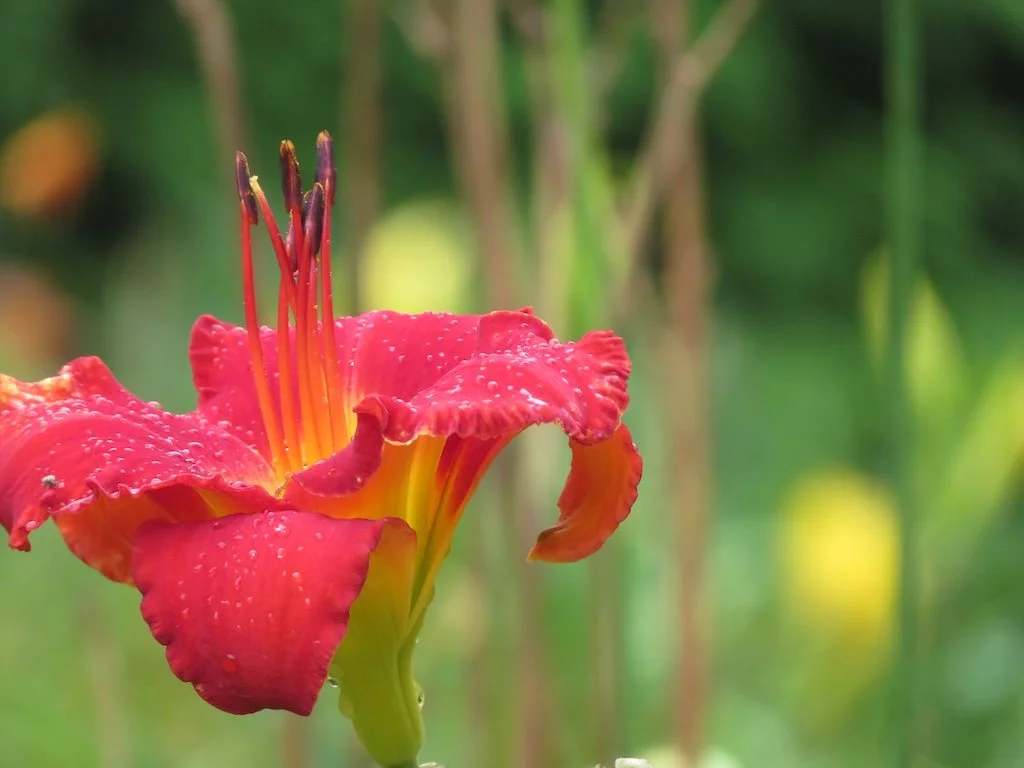Gleanings of the Week Ending August 23, 2025
/The items below were ‘the cream’ of the articles and websites I found this past week. Click on the light green text to look at the article.
The strange-but-true origin story of the humble potato - Scientists have known that potatoes are most closely related to two groups of plants — the tomatoes and a cluster of three species called Etuberosum. Certain genes suggested that potatoes were more closely related to tomatoes, while other genes gave the impression that potatoes and Etuberosum had the closer relationship. The interbreeding event occurred some 9 million years ago, which happened to be excellent timing for the potato. This is when the Andes were forming and lots of cold and dry high elevation habitat was appearing.
Pompeii’s Secret Second Life Revealed by Latest Archaeological Finds - Shortly after Pompeii was buried in up to 20 feet of ash and pumice, people returned, some to sift opportunistically through the ruble, and others to try and restart their lives as best they could. The redevelopment had Rome’s backing. By the 5th century, life in the ruined city grew even more strained following the structural damage dealt by resurgent seismic activity, including a second eruption of Vesuvius in 472 C.E. Within 150 years, Roman life at Pompeii appears to have ended. This time for good.
Why lung cancer is a 'hidden epidemic' in this part of the world - There are almost no nerve endings in the lungs, so in the early stages, the most common symptom of lung cancer is no symptom at all. And when symptoms do appear, they are often quite generic — chest pain, coughing up blood, and difficulty breathing. So, doctors in sub-Saharan Africa often misdiagnose lung cancer patients as having tuberculosis, given the high burden in the region. Patients would go through the whole treatment regimen for tuberculosis and not really be investigated for lung cancer. Those lost six to nine months of possible treatment can be deadly, since 55% of people with lung cancer die within a year.
Should we all be taking vitamin supplements? - Evidence is starting to grow that popping a daily multivitamin could be beneficial for health, particularly for older adults. "Mega-dosing", or taking quantities of vitamins higher than the recommended daily allowance, is not recommended.
The Amazon Rainforest Approaches a Point of No Return - Under increasing threats from rampant deforestation and climate change, portions of the Amazon now emit more carbon to the atmosphere than they absorb. The southern Amazon has become hotter and drier, with less soil moisture, lowered water tables, and a higher-than-normal rate of tree mortality. Scientists now believe the Amazon could reach its tipping point — when it loses its natural ability to regenerate and will become permanently degraded — as soon as 2050. The impacts will reverberate globally.
The Many Types of Fluids That Flow in Yellowstone - Yellowstone is no doubt one of the most dynamic places on Earth. The many types of fluids that flow between the mantle and the atmosphere generate explosive volcanic and geyser eruptions, create lava flows, bubbling mud pots, and very rare sulfur flows, and they span nearly the full range of possible material viscosities.
New, Implanted Device Could Offer a Long-Elusive, Drug-Free Treatment for Rheumatoid Arthritis - In late July, the United States Food and Drug Administration approved an implant that uses electrical signals to control inflammation by tapping into the vagus nerve—a pair of nerves that connect the brain with important internal organs. The move marks the first time an electrical therapy has been approved for the treatment of any autoimmune disease.
Midwestern butterfly count: Big data yields bad news and clues – A study of 4.3 million observations in the U.S. Midwest from 1992–2023 to characterize changes in butterfly biodiversity. The results: 59 of the 136 species declined in abundance over the study. Both common and rare butterflies are waning.
104 Grams of Protein For $1.50? - How much ribeye steak is needed to reach 104 grams of protein? It would be about 19 ounces of ribeye steak, which costs $12–20 per pound, and premium cuts can cost more. The ribeye would cost about $14 on the low end or a bit over $20 on the high for the non-premium cuts. The black-eyed peas are only $1.50.
Historic Artifacts from Frank Lloyd Wright’s Only Skyscraper Saved by Conservancy – The Price Tower has been in the news over the past few years…controversy and renovations promised never done. Some objects from the building were sold in a breach of the easement on the building…and now they have been purchased by the Frank Lloyd Wright Conservancy to avoid their being dispersed; the plan is for them to be returned to the building after renovation. The post includes pictures!

